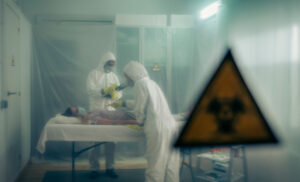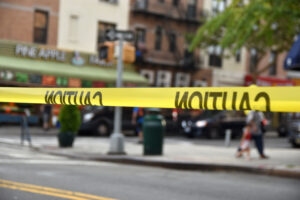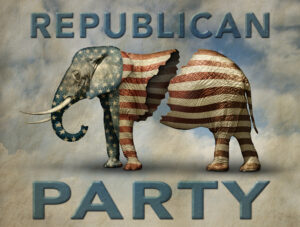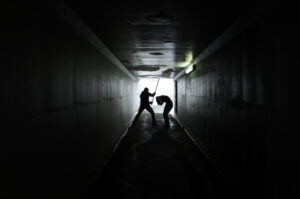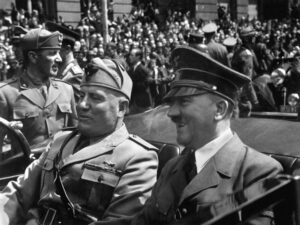Apartheid in South Africa became institutionalized in the 1940s and by 1960, under the government of the ultra-right National Party with Hendrik Verwoerd at the helm, black South Africans were existing under an intolerably oppressive regime. The ANC (African National Congress) opposition party had proved ineffectual and some members, impatient with its passive stance, formed the breakaway movement of the PAC (Pan Africanist Congress) — their agenda being to mobilize the masses.
The PAC’s charismatic leader Robert Sobukwe organized an anti-pass campaign. The loathed pass books effectively restricted freedom of movement for black Africans; they were the primary means by which the government implemented segregation, a constant reminder of discriminatory laws. PAC supporters were to gather without their pass books and give themselves up for arrest at the nearest police station. Sobukwe informed the police of the proposed action, stressing its non-violent nature.
On the morning of March 21 more than 5,000 protesters gathered in Sharpeville and headed for the police station, ignoring the low-flying jets (intended to intimidate the demonstrators). But the police refused to make any arrests; instead they lined up Saracen armored vehicles. PAC leaders started to move people away. At 13.15 – by which time the crowd numbered only hundreds – the police started shooting at bemused protesters. As bodies started to fall, the demonstrators turned and ran. Many were shot in the back.
Despite worldwide condemnation, the South African government backed the police story – they had fired in self-defense. A state of emergency was declared and more than 18,000 arrests were made. Both the PAC and ANC were banned. Increasingly at odds with world opinion, South Africa withdrew from the Commonwealth in 1961. But Sharpeville marked a transition from passive resistance to armed activism – although it took another 30 troubled years before the apartheid laws were finally repealed.
When: March 21 1960
Where: Sharpeville, Gauteng (then part of Transvaal), South Africa
Death toll: According to official records there were 69 deaths, including eight women and ten children, and 180 injured of which 31 were women and 19 children.
You should know: Afterwards the police claimed the protesters had been carrying guns, spears and knobkerries (walking-stick clubs); poignant documentary photographs show only shoes, hats and a few bicycles scattered among the bodies.









